The most used mice by CS2 players
The most popular mice are calculated based on 820 professional CS2 players.
Introduction
When you’re playing a competitive game of CS2, one missed shot can mean the difference between winning the round or sending your team in a downward spiral of pistol B rushes so it’s pretty obvious that a good gaming mouse is a necessary piece of equipment for serious Counter-Strike players. In order to help you in your search for the best mouse for CS2, we’ve compiled a list of some of the finest examples out there right now, using our CS2 Pro Settings and Gear List.
For more info on mice, check out our gaming mouse spec list, where we’ve analyzed over 250 gaming mice.
Our Guide
The Pro Usage Top 5 gets updated continuously and instantly so that you can always get an accurate overview of what the pros are using at any given time. In the body of the article itself, we go over the five most popular pro products in no particular order and, when relevant, we also give you some extra options in the form of products that fall just outside of the top 5 or are otherwise relevant.
What makes a mouse good for CS2?
CS2 is also one of the most ‘pure’ FPS games around. There’s you, your gun(s) and an assortment of grenades to choose from. No abilities, no extra pieces of kit, and no ultimates, which means that you don’t need a mouse with a ton of side buttons or extra functionality. A simple, reliable mouse with a comfortable design, two side buttons, and a sensor which perfectly translates your movements to the game is all you really need for CS2. All mice in this article fit that description perfectly.
Logitech G Pro X Superlight
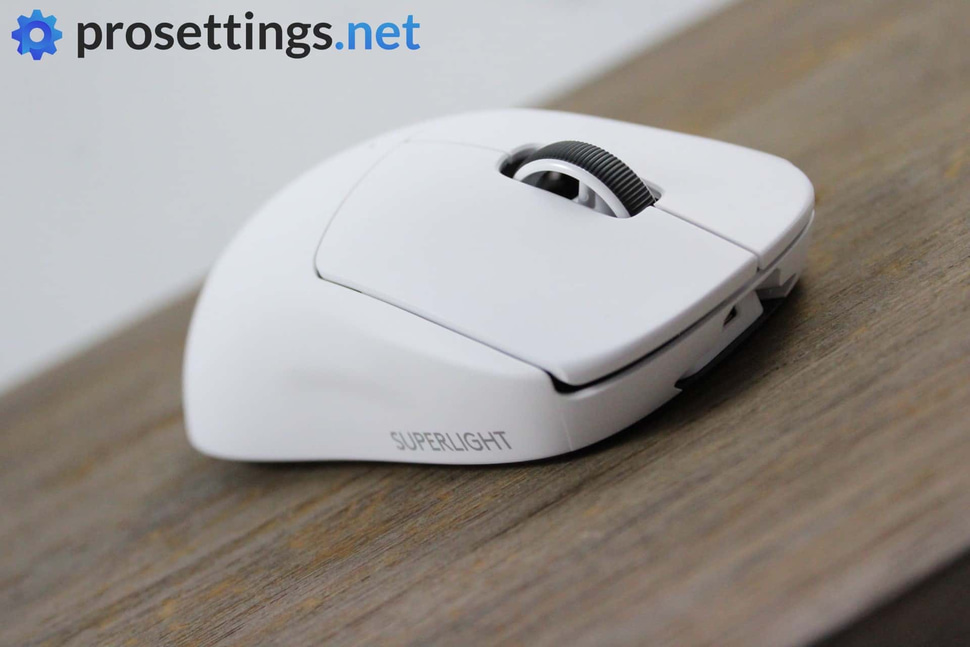
Note: Logitech has also released the G Pro X 2 Superlight (see further down in the article). The main improvements are: USB-C connection, optical mouse switches, and an improved sensor capable of polling rates (What is Polling Rate?) up to 4000Hz.
The king of esports mice
The Logitech G Pro X Superlight is the successor to the widely used and lauded G Pro Wireless. That mouse had already taken the gaming world by storm, but even that one didn’t manage to do what its successor did: claim the crown as the most used mouse in professional CS:GO.
The Superlight is an older mouse at this point in time, but it’s still extremely popular thanks to its safe ‘one mouse fits all’ type of design.
The PTFE feet aren’t icy fast, but they strike a nice balance between speed and control, and are smooth right out of the box. The clicks don’t fall into any specific category (they’re neither very light, nor are they heavy and substantial) so they work for pretty much all gamers. The scroll wheel also goes for an agreeable compromise between tactility and smoothness. All of this leads to a mouse that’s, by design, ready to be used by almost any gamer without offending, and then we haven’t even talked about the shape.
One shape fits all
Often criticized as being a bit bland or boring, the shape of the GPX is without a doubt one of the reasons for its overwhelming success. It’s not a specialized shape; there are better claw grip shapes out there, better palm grip shapes, and better fingertip designs, but it wasn’t Logitech’s intention to make a specialized design. Logitech wanted to make a mouse that would fit pretty much anyone, and looking at the sheer popularity and usage numbers of the G Pro X (and the G Pro Wireless before it) they’ve succeeded.
If you are looking for a reliable competitive gaming mouse that’s going to work for 99% of people, the GPX line is extremely hard to look past.
Logitech G Pro X Superlight
Used by 111 CS2 players ()If you’re looking for an ultra lightweight wireless mouse with a safe shape this is a top option.
Pros
- Fits most hands and grip styles
- Good battery life
- Flawless wireless performance
- Lightweight
Cons
- Micro USB charging port
- High price
Specs
| Sensor | HERO |
|---|---|
| Polling Rate | 125 / 250 / 500 / 1000 Hz |
| Button Switches | Omron |
| Button Force | 65g |
| Connection | Wireless |
| Shape | Ambidextrous |
| Length | 12.42cm |
| Height | 3.96cm |
| Weight | 62g |
| Width | 6.06cm |
Logitech G Pro X Superlight 2
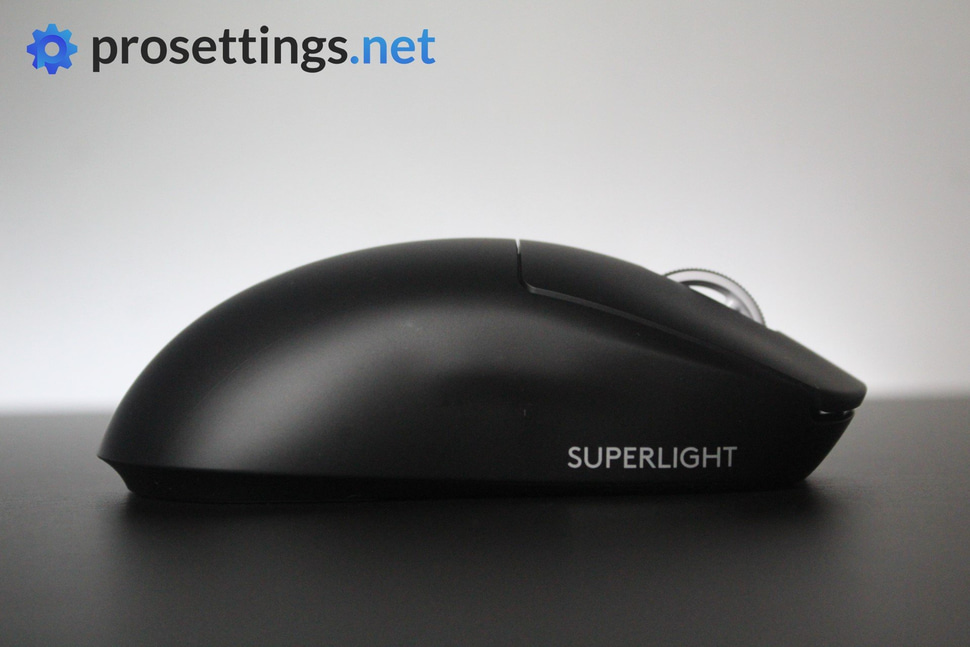
A Modern Iteration
The Logitech G Pro X Superlight 2 isn’t some massive redesign of the original Superlight. It keeps the exact same shape and design style, but comes with a few improvements that are meant to take the mouse to the next level.
The main differences between the Superlight 2 and the original Superlight are:
- The Superlight 2 has a USB-C charging port, whereas the Superlight has a Micro USB charging port
- The Superlight 2 is capable of polling rates up to 4000Hz, whereas the Superlight can only manage 1000Hz
- The Superlight 2 has optical mouse switches, whereas the Superlight has mechanical switches
- The Superlight 2 weighs 59 grams, whereas the Superlight weighs 61 grams
- The Superlight 2 has a slightly different skate design
As you can tell, these differences are mostly in the performance department. If you don’t really care for those changes and/or your PC setup can’t handle high polling rate mice, you can always go for the original Superlight at a discounted price. Aside from the ‘under the hood’ changes, it’s impossible to tell both apart.
Logitech G Pro X Superlight 2
Used by 167 CS2 players ()Logitech played it safe with the Logitech G Pro X Superlight 2, but that’s understandable. It’s a new version of one of the most-loved mice in all of professional gaming that introduces a couple of tweaks to bring Logitech’s flagship offering in line with today’s mouse standards.
Pros
- Super safe shape that’ll fit anyone
- Nice coating
- Extremely reliable wireless and sensor performance
- Addition of USB-C charging and optical switches addresses the two most commonly heard complaints about the GPX
- Sensor calibration tool in G HUB is really handy
- Good battery life
Cons
- Clicks feel heavier than on earlier versions, which might not sit well with everyone
- Bottom skate has a different shape, which feels like an unneeded change
Specs
| Sensor | HERO 25K |
|---|---|
| Polling Rate | 125 / 250 / 500 / 1000 / 2000 / 4000 / 8000 Hz |
| Button Switches | LIGHTFORCE Hybrid |
| Button Force | 98.4g |
| Connection | Wireless |
| Shape | Ambidextrous |
| Length | 12.42cm |
| Height | 3.96cm |
| Weight | 59g |
| Width | 6.06cm |
Razer Viper V3 Pro
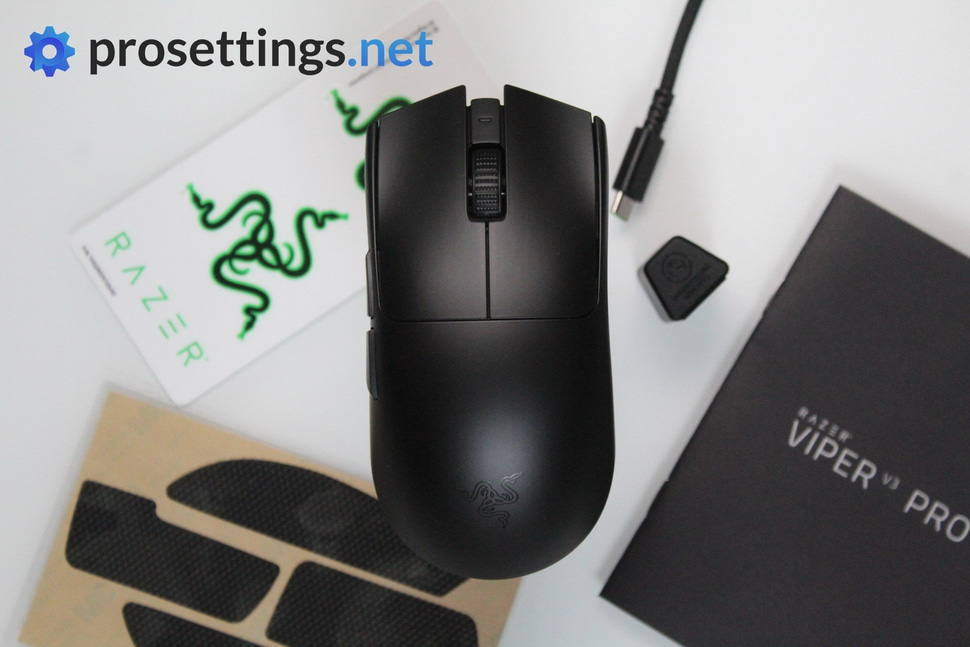
New shape
For keen viewers of the professional CS2 scene, the Viper V3 Pro won’t have been a surprising drop. The mouse was being used at the highest levels of professional play well before it was officially released to the public. In addition to that, the Viper V3 HyperSpeed (which is a budget version of this mouse) had already been out for a while too, so when people noticed that pros were using a slightly different version (with no DPI button on top) it was pretty obvious that the Viper V3 Pro was close to release.
The most eye-catching change between the V3 and the V2 is the shape change. Gone is the flat, long design of the V2. The V3 Pro has a more palm-filling hump and feels like a more compact mouse in general. This makes the mouse a lot safer and -as a consequence- usable by a larger group of people.
Cutting edge tech
Razer is a brand with fierce fans and equally fierce opponents, but no one can deny they are often at the forefront of technological revolutions. The Viper V3 Pro is a massive statement in that regard. It’s capable of wireless polling rates of up to 8000Hz, has great optical switches, and it houses the latest and greatest sensor in the form of the Focus Pro 35K.
All of this comes in a nicely balanced shell that weighs 54 grams, which -according to Razer- is the sweet spot for the pros right now. With some nice QoL additions such as the ability to only have higher polling rates active when a game is being played (which raises the battery life) this is very much a benchmark mouse for other companies to compare themselves to.
Razer Viper V3 Pro
Used by 126 CS2 players ()As far as I am concerned, the Viper V3 Pro is the new benchmark for gaming mice.
Pros
- Fantastic gaming performance
- 8KHz wireless polling rate out of the box
- New shape is a lot safer
- Good coating
- Razer optical switches feel great
Cons
- Expensive
- Side buttons feel a bit mushy
Specs
| Sensor | Focus Pro 35K Optical Gen-2 |
|---|---|
| Polling Rate | 8000 Hz |
| Button Switches | Razer Optical |
| Button Force | 67.6g |
| Connection | Wireless |
| Shape | Ambidextrous |
| Length | 12.71cm |
| Height | 3.99cm |
| Weight | 54g |
| Width | 6.39cm |
Razer DeathAdder V3 Pro
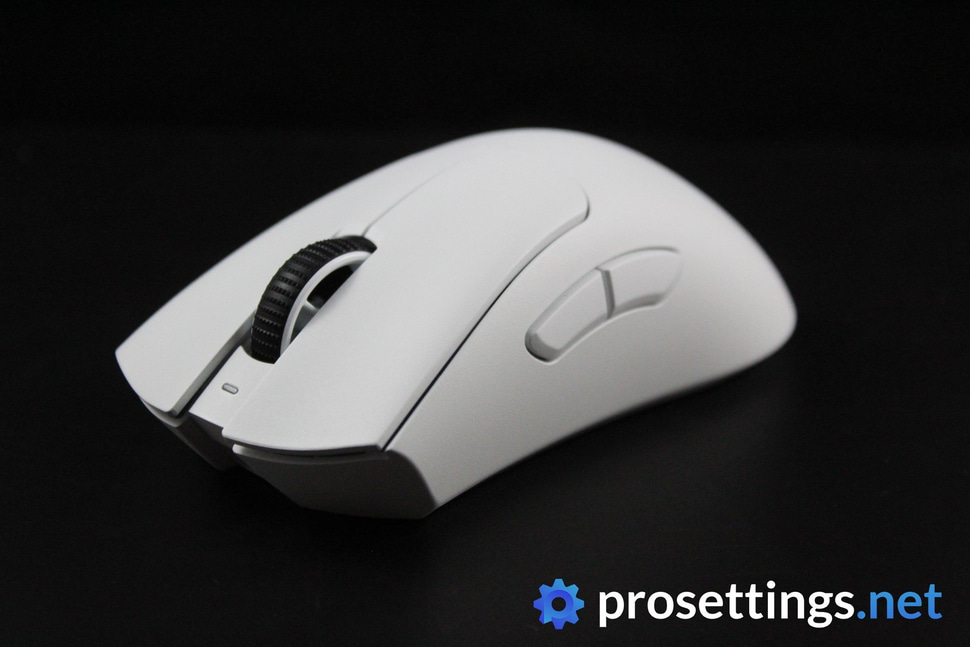
A true icon
Razer is one of the most famous gaming brands in the world, but there was a time when their mice had fallen off a bit in the professional scene. The brand came back swinging, though, and they’re currently at the very top of the mouse game with their Viper and DeathAdder mice.
The DeathAdder line is one of the oldest gaming mouse lines out there, and with the V3, Razer has made some design changes to the shell. The DeathAdder is no longer that flat, long ergonomic mouse that the line has been known for: this new version is more in line with the ZOWIE ECs of this world: it’s shorter, ‘boxier’, and overall just more approachable.
A new shape and great technology
It would be easy to explain the success of the DA V3 Pro based on that shape change alone, but that wouldn’t be entirely correct if you ask us, since there’s a lot going on under the hood. Razer’s Focus Pro 30K optical is one of the most advanced sensors on the market, and it’s capable of a 4000Hz polling rate in wireless mode. You do have to purchase a separate dongle for that to happen, but that’s extremely impressive technology nonetheless, and lots of pros are making use of this 4KHz dongle.
The Razer Optical Gen-3 switches are also fantastic: they are faster and more reliable than traditional mechanical switches, and with these switches on their third iteration, Razer has managed to almost completely eliminate the squishy feeling that was often associated with early days optical switches.
Bundle all of this technology into an extremely lightweight (just 63 grams) package and you’ve got some truly cutting edge tech packed into a reliable mouse. All of this, along with the shape change to make the DA a more maneuverable mouse with a more accessible shape, makes it come as no surprise that so many pros are using this mouse.
If you’re looking for a lightweight wireless ergonomic mouse that has a lot of cutting edge tech going on under the hood, you’ve got to look at the DeathAdder V3 Pro.
Razer Deathadder V3 Pro
Used by 59 CS2 players ()The DeathAdder V3 Pro is aimed squarely at competitive and professional gamers who desire performance above all else, and it hits the mark on all fronts.
Pros
- Great build quality
- Flawless wireless connection
- Great battery life (90 hours)
- Capable of 4KHz polling rate in wireless mode (with separate dongle)
- Gen 3 optical switches feel great
Cons
- Price is high
- Side buttons have too much post travel
- Shape change might not sit well with everyone
- 4KHz polling rate not achievable out of the box (you need a separate dongle)
Specs
| Sensor | Focus Pro 30K |
|---|---|
| Polling Rate | 125 / 500 / 1000 / 4000 / 8000 Hz |
| Button Switches | Razer Optical |
| Button Force | 81g |
| Connection | Wireless |
| Shape | Ergonomic |
| Length | 12.95cm |
| Height | 4.21cm |
| Weight | 63g |
| Width | 6.13cm |
ZOWIE EC2-CW
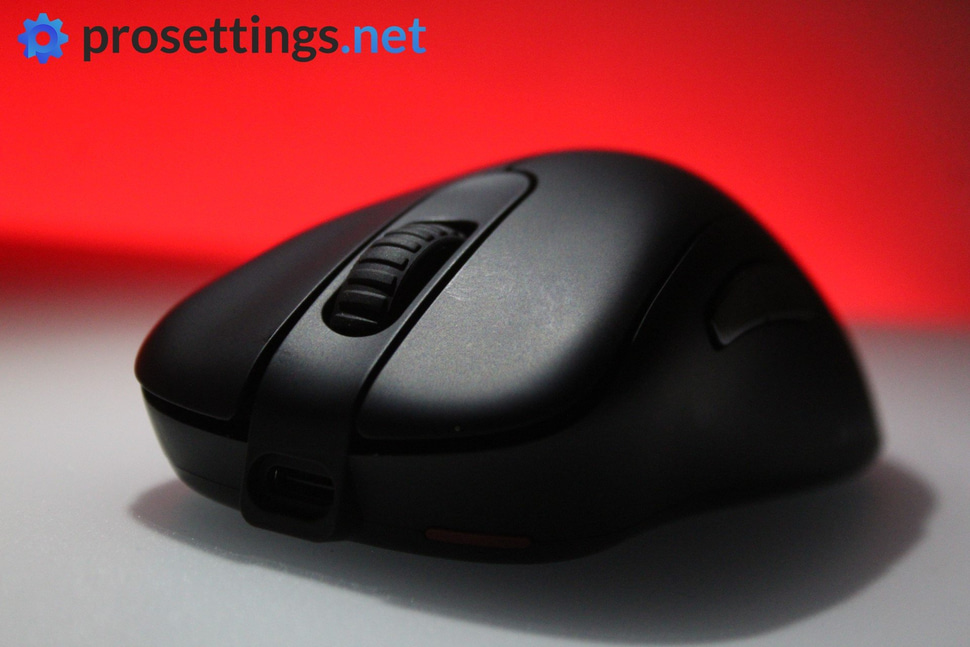
The EC line is enormously popular in the professional CS scene so you’ll see different iterations of this mouse pop up throughout the list. If you’re interested in the differences between different ZOWIE EC versions, feel free to check out our article on the differences between ZOWIE EC models.
Classic gone wireless
The EC line is the first of ZOWIE’s mice lines to truly cut the cord, and with this wireless release, the brand has stayed true to its roots. You’re not getting a featherlight mouse here with holes in the shell and sensitive triggers: what you’re getting is a mouse that focuses on stability and offering a reassuring click feeling.
The EC(2) has long been the de facto ‘standard issue Counter-Strike mouse’ and this wireless release hasn’t really changed that, as we see a lot of pros picking it up despite lighter and ‘flashier’ alternatives being available. Perhaps it’s that which draws professional and competitive players to ZOWIE mice: you know exactly what you’re going to get, and while there are obviously differences between various iterations of this mouse, the core ZOWIE design principles have remained the same for years. ZOWIE mice also have a (deserved) reputation for being built like a tank, which is always a positive for pros who are often on the go.
The ZOWIE way
This EC2-CW comes with a slightly older (albeit flawless) sensor and an enhanced receiver which ZOWIE specifically engineered to offer a completely interruption-free connection when gaming. That’s not something that’s going to be extremely useful for gamers who are just sitting behind their desks alone, but this receiver also doubles as a charging dock and that is always handy.
If you want to experience the cutting edge in mouse technology, this isn’t it, but if you want to go for the familiar ZOWIE experience in a wireless package, this deserves a look.
ZOWIE EC2-CW
Used by 47 CS2 players ()The EC2-CW is the first wireless iteration of ZOWIE’s extremely well-loved mouse.
Pros
- Great build quality
- Fantastic shape
- Comes with enhanced receiver that doubles as a charging dock
Cons
- Very high price in some regions
- Stock feet could be better
- The usage of an older (flawless) sensor might not sit well with everyone
- Loud scroll wheel
Specs
| Sensor | PMW 3370 |
|---|---|
| DPI | 400, 800, 1600, 3200 |
| Polling Rate | 250 / 500 / 1000 Hz |
| Button Switches | Huano |
| Connection | Wireless |
| Shape | Ergonomic |
| Length | 12.3cm |
| Height | 4.2cm |
| Weight | 77g |
| Width | 6.1cm |
VAXEE E1 Wireless
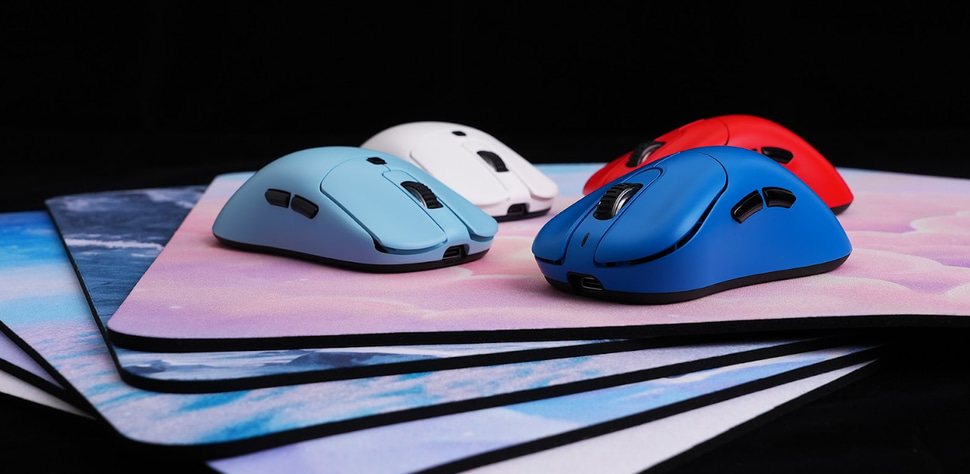
VAXEE’s E shape
The people who founded VAXEE are some of the same people that were behind the original ZOWIE team. Given the fact that the ZOWIE EC was (and still is) one of the crown jewels for ZOWIE, it only made sense that VAXEE would one day develop their own version of this iconic shape.
There are some minor differences between the EC and the E, but if you’re someone who is familiar with the EC’s shape then you’ll definitely feel right at home with the E.
Performance and quality
VAXEE mice are made by enthusiasts for enthusiasts. For starters, their mice are only available via their website because the brand wants to ensure that they can deliver good customer service to all clients. Additionally, the brand obsesses (in a good way) over all tiny details with their mice. Each new release brings a couple of improvements over previous releases, and their products are now at a point where they’re considered some of the best in the business.
From their flawless wireless implementation and sensor performance to the build quality to the wide variety of shapes that are available: if you want a mouse that’s focused on competitive gaming then VAXEE can be a great option.
VAXEE E1 Wireless
Used by 13 CS2 players ()The VAXEE E1 Wireless will feel like coming home for a lot of tactical shooter gamers. It’s the brand’s take on the iconic EC shape and it’s a really good one.
Pros
- Amazing shape
- Great build quality
- Great gaming performance
Cons
- Clicks might be too light for some
- Expensive
- Battery life isn’t great
Specs
| Sensor | PAW3950 |
|---|---|
| DPI | 400, 800, 1600, 3200 |
| Polling Rate | 500 / 1000 / 2000 / 4000 Hz |
| Button Switches | Huano |
| Button Force | 56.8g |
| Connection | Wireless |
| Shape | Ergonomic |
| Length | 12.0cm |
| Height | 4.2cm |
| Weight | 60g |
| Width | 5.7cm |
VAXEE OUTSET AX Wireless
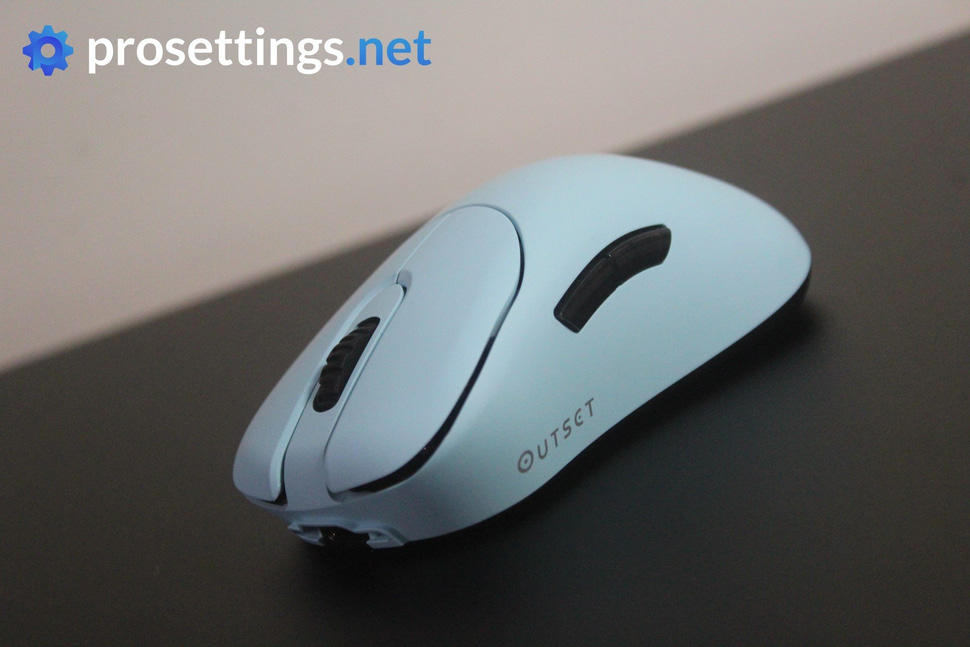
From experienced newcomers
VAXEE is a company that was founded by the same people who stood at the cradle of the original ZOWIE brand, so it perhaps shouldn’t be a big surprise that we see their mice show up in the hands of professional Counter-Strike players.
The OUTSET AX is VAXEE’s take on an ergonomic gaming mouse, and its original shape (which feels like a more compacted EC, even though the hand feeling between the OUTSET AX and the ZOWIE EC is quite different) seems to be a hit with professionals.
Stability is key
VAXEE isn’t a brand to blindly follow ‘the hype’. They don’t put holes in their mice in an attempt to get them to be as light as possible, for example. VAXEE also values durability and build quality over weigh and aesthetics. You’ll likely never see a tiny, sub-30 grams mouse from this brand, and that’s completely okay with us. What you trade away in maneuverability you get back in stability with mice like this, as the OUTSET AX offers a very stable aiming experience.
‘Stability’ is also an excellent word for VAXEE’s wireless capabilities. All of their wireless mice are 4KHz capable and their wireless technology is some of the best in the business. VAXEE’s mice aren’t the flashiest, but they are some of the best performers in the business.
The OUTSET AX is a good mouse to consider if you want a super robust and reliable ergonomic gaming mouse that’s made for games like CS from the ground up.
VAXEE OUTSET AX Wireless
Used by 9 CS2 players ()There’s not a lot to be said about this mouse: it’s an extremely well-built gaming mouse that performs flawlessly, with an interesting tilted shape that has a lot of palm presence. Everything is done to a high standard and it’ll deliver reliable gaming performances for many years to come. If this kind of shape sounds like music to your ears, there’s really no need to hesitate.
Pros
- Great ergonomic shape
- Flawless wireless and gaming performance
- Great build quality
- 4KHz compatible since March 2024
Cons
- Slight wobble on mouse 2 when holding the button
- Mouse button 5 has too much post travel
Specs
| Sensor | PMW 3395 |
|---|---|
| DPI | 400, 800, 1600, 3200 |
| Polling Rate | 1000 / 125 / 500 / 2000 / 4000 Hz |
| Button Switches | Huano |
| Button Force | 64g |
| Connection | Wireless |
| Shape | Ergonomic |
| Length | 11.63cm |
| Height | 4.27cm |
| Weight | 73g |
| Width | 5.94cm |
VAXEE XE Wireless
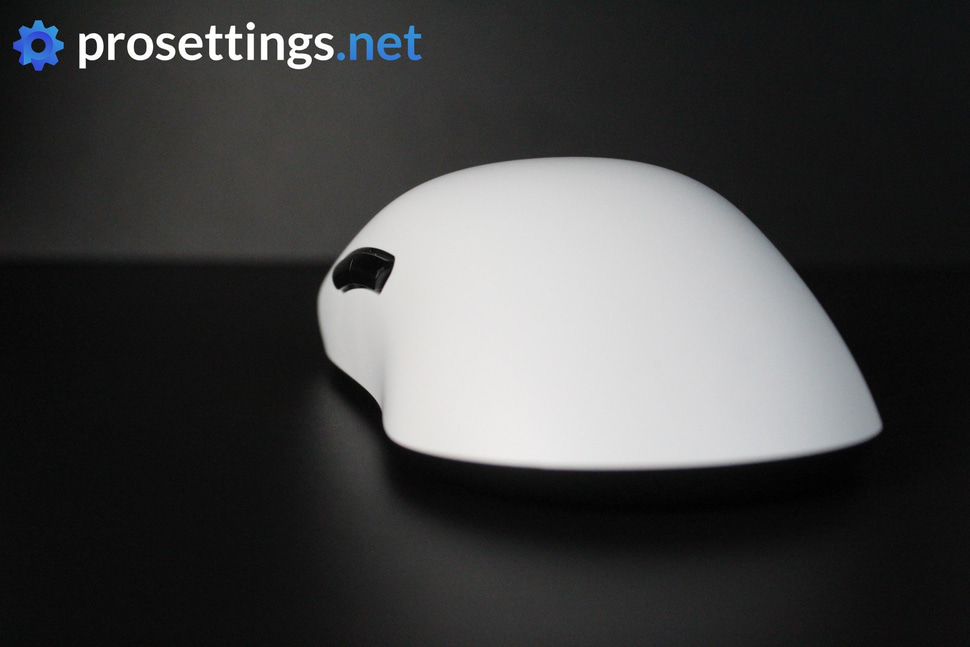
VAXEE’s first wireless
VAXEE’s products are great to use for any competitive game, but they seem engineered with Counter-Strike in mind above other games. The XE (it’s also available as a wired mouse) has a great ambidextrous shape with a modest but gradual hump and without a lot of curves that could cause issues with grip, so it’s going to be a mouse that works for a large variety of gamers.
Under the hood, you get a 3395 sensor which performs flawlessly, and VAXEE’s wireless tech is every bit as capable as what the other major brands are putting on offer. The people at VAXEE really focus on performance, so there’s no RGB here, nor is there any software that allows you to record macros and the likes, but if you’re looking for a reliable, well-built ambidextrous gaming mouse without a wire attached to it then this is a great option.
VAXEE XE Wireless
Used by 8 CS2 players ()VAXEE’s first wireless release doesn’t disappoint. I love the fact that this company is so focused on tryhard competitive gamers that they released a firmware update to make the mouse even snappier (at the expense of some features) after its release, and the sensor implementation and wireless technology that’s driving this mouse are fantastic.
Pros
- Flawless wireless connection and performance
- Extreme focus on competitive gamers with features like competitive mode
- Fantastic build quality
- Multi-device functionality (you need two receivers for this though)
- Fast charging battery
- 4KHz compatible since March 2024
Cons
- Coating can get sticky
- Some rubbing on the main buttons
- Might be too heavy for some
- Mouse feet are slightly scratchy
Specs
| Sensor | PMW 3395 |
|---|---|
| DPI | 400, 800, 1600, 3200 |
| Polling Rate | 1000 / 250 / 500 / 2000 / 4000 Hz |
| Button Switches | Huano |
| Button Force | 94.5g |
| Connection | Wireless |
| Shape | Ambidextrous |
| Length | 12.24cm |
| Height | 3.83cm |
| Weight | 76g |
| Width | 6.12cm |
The Best Mouse for CS2 – Conclusion
Counter-Strike professionals generally prefer tried and true products. The CS scene isn’t very volatile when it comes to gear: once a product reaches a certain adoption rate, it tends to stay there for a while. In a way, this is a fitting way of thinking for a game such as Counter-Strike. The gameplay itself isn’t very complicated or ever-changing due to massive gameplay updates like in some other games, but its foundations and underlying principles are so strong that it’s hard to image that it’ll ever not be one of the most popular esports games around.
Whatever you make of this list; we strongly encourage you to do your own research and especially test the size of each mouse to fit. Consider this list to be a guideline, not gospel. It can be fun to see what the pros are using, and this is without a doubt an excellent foundation for you to find your very own best mouse for CS2, but there are many great options out there to consider that haven’t made the list too.
If you’re interested in gaming mice, check out our gaming mice list. There, you’ll find every single mouse that’s every been entered into our database, along with its specs, pro usage percentage, and more. This is a great resource for people who are looking for a mouse for CS2.


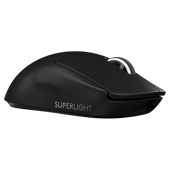
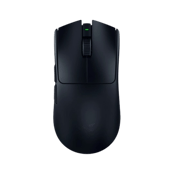
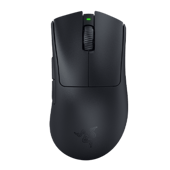
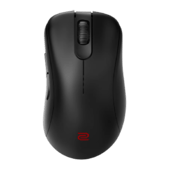



































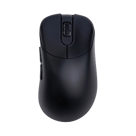




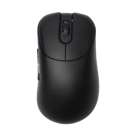




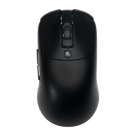

Hey Lars! I’m doing some research on the history of gaming mice for CS and is there any way to access the previous versions of this article?
Other than using something like waybackmachine we don’t have records on previous version of this article, no. Sadly I can’t help you there, but feel free to reach out to me on Twitter @Lars_Pros if you want to talk about it some more!
what about redragon m995, or is it a scam mouse??
Redragon products are known to be mostly good budget products, so I wouldn’t say it’s a scam. I don’t have any hands-on experience with the mouse though, so I can’t say how it actually performs.
What about the Corsair M65 RGB Ultra?
That’s an older mouse that we wouldn’t really recommend anymore unless you can snag it at a really low price.
Is the Corsair M75 Air good?